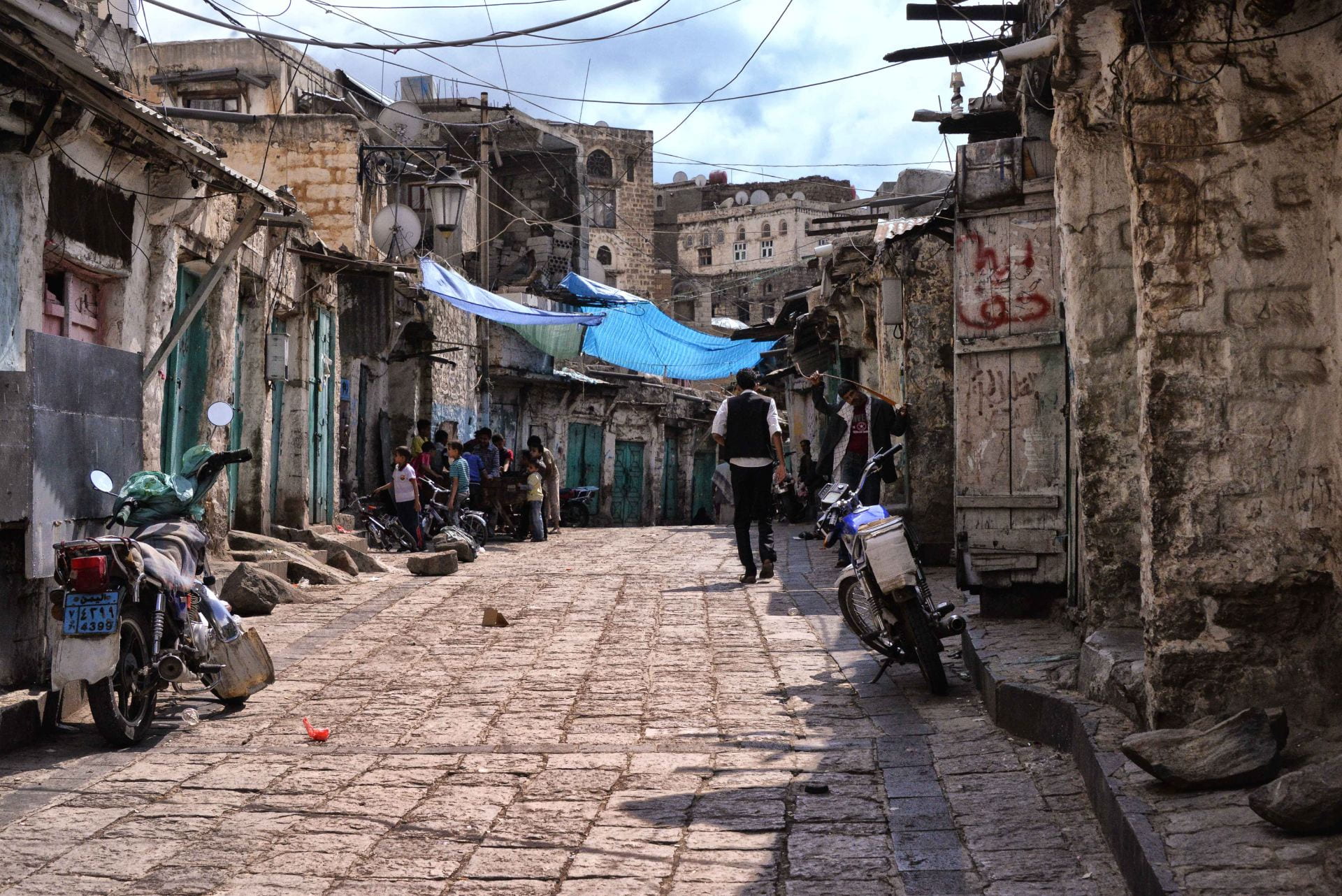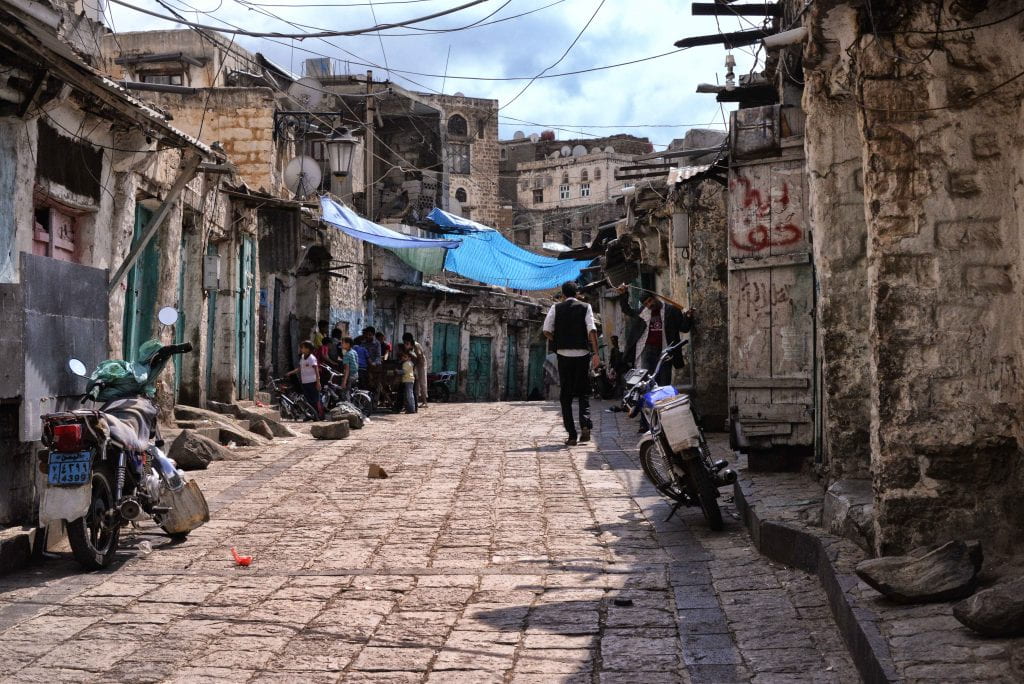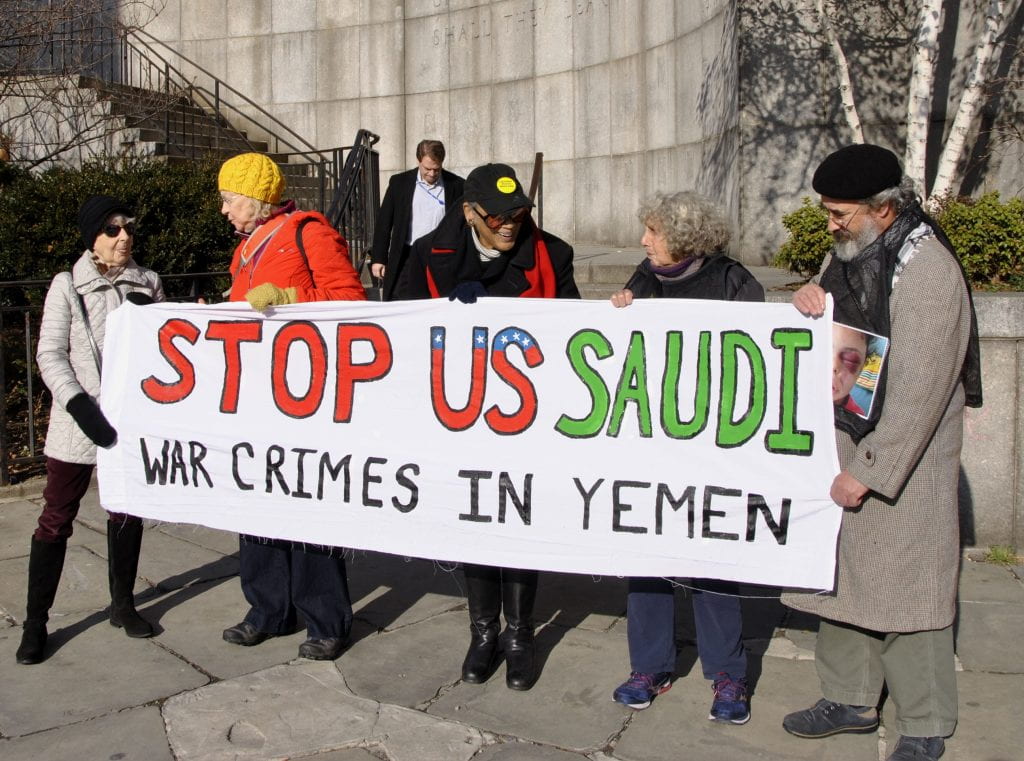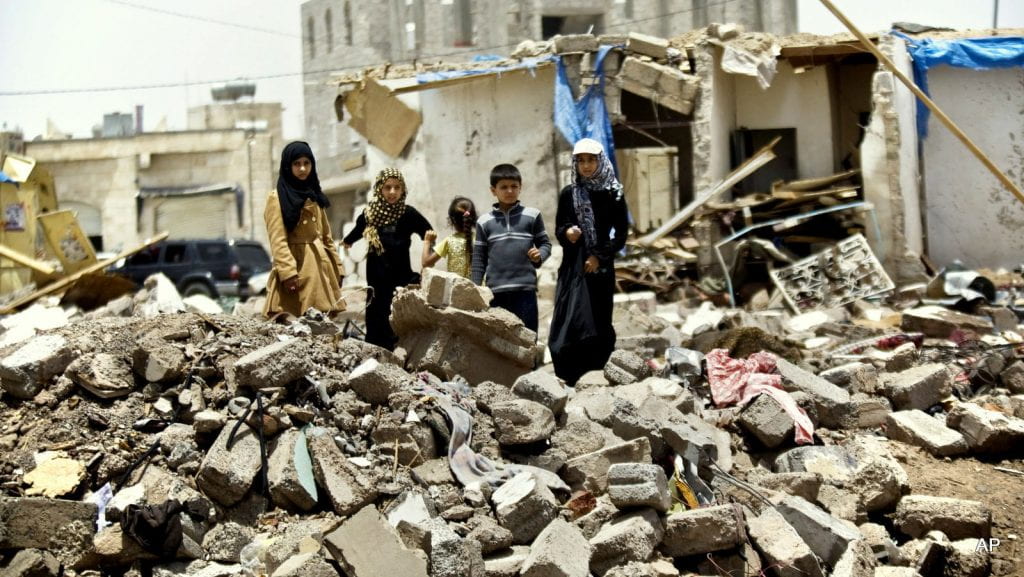
The opioid crisis in the United States is not something I often hear about in the news nowadays. Or maybe it is so often in the news that the title fades into the background amongst the news about politics. However, the opioid epidemic affects millions of people across the United States, and it has affected them for years. Human rights concerns connected to the epidemic have begun to grow in recent years as controversies regarding the United States health care system and law enforcement systems have come to light.
The crisis began with the expansion of opioids for medical purposes in the 1990s. The initial goal with opioids was to treat pain but the drugs soon became exploited by pharmaceutical companies eager to increase their profit revenue [1]. Before the addictive and harmful properties of opioids became known both to the public and to healthcare professionals, prescriptions for opioid medications increased rapidly across the country.
The introduction of extended-release oxycodone in 1996 along with claims by the manufacturers that it was less addictive and effective for up to 12 hours was a major catalyst for the epidemic. There are three described waves of opioid overdose deaths in the United States. The first wave began with an increase in the prescription of opioids, increasing since at least 1999. The second wave included overdose deaths involving heroin, the increase beginning in 2010. The third wave included an increase in overdose deaths involving synthetic opioids such as illicitly manufactured fentanyl (IMF) in 2013.

The first reaction to the opioid crisis was to limit the number of prescriptions in the market. However, this drove many to use the less expensive and more accessible street heroin. Cheaper and stronger opioids kept reappearing on the market, leading to an accelerated rate of fatal overdoses. Most addictions start with diverted supplies instead of among doctors’ patients. This was the case with heroin, which causes 4% of those who were using prescription opioids to switch to heroin. While 4% seems like a small percentage, 4% of the large number of people taking opioid pills is actually very large and enough to exacerbate the crisis [2]. In 2017, the United States Department of Health and Human Services declared a public health emergency. Over 130 people die every day from opioid-related overdoses and 10.3 million people in the United States misused prescription opioids in 2018. In 2017, more than 70,200 people died from drug overdoses. Of those 70,200, around 68% involved opioids.
White Americans make up roughly 80 percent of opioid overdose victims. The attention of the coverage of the opioid crisis has primarily centered on white Americans, pushing aside the attention on minorities affected by the crisis. Minorities made up 20 percent of opioid related deaths in July of 2019, but that number is growing. The crisis has highlighted the racial disparities in the US healthcare system as many experts believe that the number of opioid related deaths in minority populations would be greater if minorities had access to the same level of health care as white Americans. It is known that people of color have had a significant lack of access to the American healthcare system throughout history and throughout the recent years. This disparity lowers the probability that non-whites in American would be prescribed opioids and thus lowers the chance that the population would suffer fatal overdoses. Despite the low death rates due to the exclusions within the health care system, the abuse of opioids is still abundant in communities of color. Scientists have witnessed a doubling of overdose death rates among African Americans, a factor that is being overshadowed by the media and societal focus on the death rates of whites.

The law enforcement system has failed minorities in the opioid crisis as well. The War on Drugs, an attempt at cracking down on the opioid epidemic, has disproportionately affected African American communities across the United States. Studies have shown that law enforcement officials target black communities for drug violations significantly more than they target white communities. While drug use is similar between white communities and black communities, members of the black community are 13 times more likely to be arrested for buying and using drugs. In 2013, black and Hispanic populations represented 29 percent of the entire United States population. Despite this, the number of black and Hispanic prisoners arrested for drug related charges dominated that of whites. Not only is this true, but the United States Sentencing Commission also released a report stating that black prisoners receive longer sentences than white prisoners, despite both groups being convicted of similar weighted crimes.
The opioid crisis has hurt millions of people and families across the United States, one of the most diverse countries in the world. Despite this, the national attention has primarily focused on how the crisis has affected the white population. It is important to focus not only on how the opioid crisis has affected minorities, but also how the health care and law enforcement systems have responded to the opioid crisis in minority groups. The disparities within these systems must be fixed in order to provide an equal treatment of all groups.
[1] The Global Commission on Drug Policy. The Opioid Crisis in America. 2017.
[2] The Global Commission on Drug Policy. The Opioid Crisis in America. 2017.





